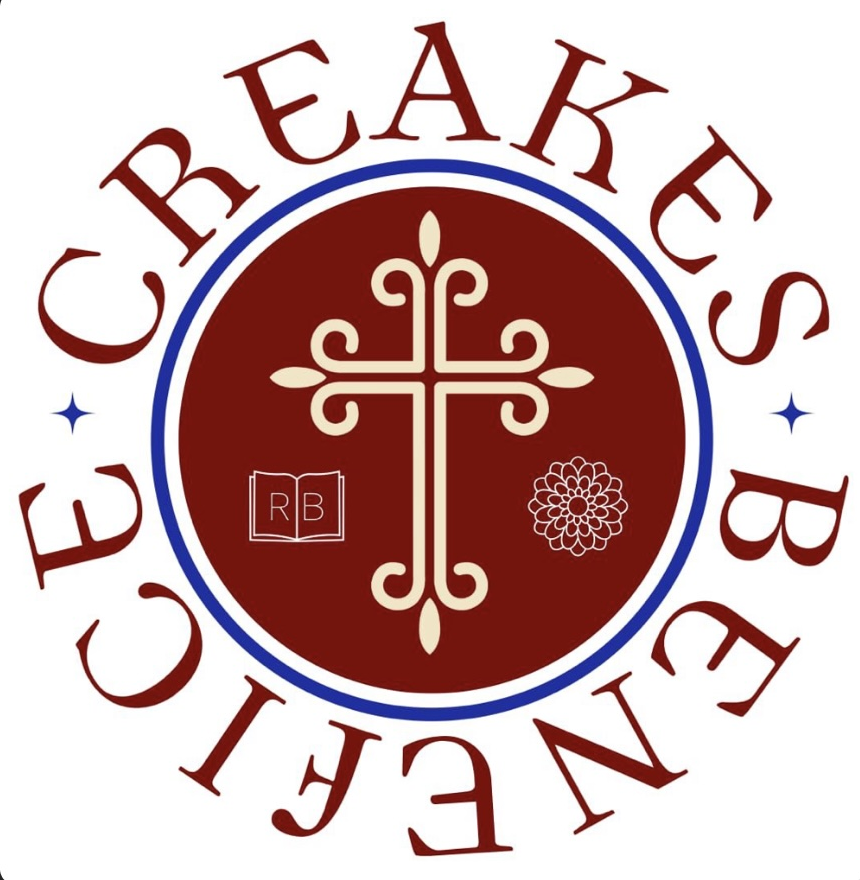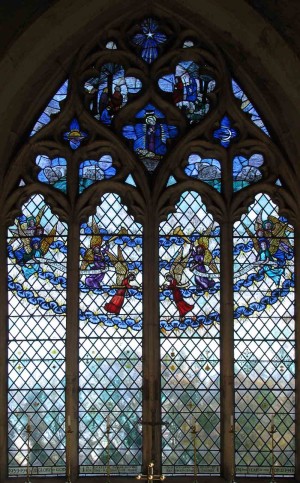Brief History of The Church of Saint Mary Syderstone
ST MARY’S is the parish church for the communities of Syderstone, Barmer, Blenheim Park and Wicken Green Village. A historic round tower church, people may well have been coming to worship, meet together, celebrate Christmas, Lent and Harvest, be married, unite at christenings and pay respect to family and friends at funerals, for around 30 generations, since the times of William the Conqueror. Syderstone village has Saxon origins but the church in its present form has origins from the Norman era and the village is mentioned in the Domesday Book.
St Mary’s has seen Queen Mary, Elizabeth I and Charles I as Patrons, and time and history have left their mark over nearly 1,000 years. Once the church had two side aisles, and possibly a central tower, whereas today it has a round tower.
Visitors will see the Tower from a distance, standing over 60 feet high, a round tower construction found mainly in East Anglia. Built so, some believe, because only flints were readily available locally, not the large stones or clay for bricks that made cornered structures elsewhere.
The C12th entrance to the church is now on the west side. It probably once would have been on the South side. The Nave was remodelled in 1785 by which time the side aisles had been removed and at that time the entrance was moved. Very faintly one may see on the outer stone left hand side, a small scratch or Mass sun dial inscribed that would have had a peg in the middle and so would only have worked if facing south to mark the times of office or service.
The roof of the tower bears the names of the rector, churchwardens and builders from work done in 1911, just over 100 years ago.
There is one bell, that replaced a C16th one and it was built by a London foundry in 1851. We still ring the bell before services.
As you walked up from the street you may have seen the initials “A. R.” on the church gates. This is after Amy Robsart and from whom the village Hall is named. The Robsarts were once Lords of the Manor. A record is noted that in 1536 Elizabeth, wife of Sir Terry Robsart was buried in the chancel. In 1550, Amy, a daughter of the family became the wife of Sir Robert Dudley, later the Earl of Leicester, a favourite of Elizabeth 1. The couple lived for a while at Syderstone Hall which has not survived. Above the porch door is a C14th niche that may originally have held a statue of St Mary. It has been adapted to fit the flintwork and holds what looks like a stone lion, part of the Robsart arms. It has also been said to be a hunting dog which was the badge of Dudley. Amy died young, once thought to be in mysterious circumstances, and she was the basis of the novel, Kenilworth by the Scottish writer Sir Walter Scott. There is even a small statue of her in Peebles museum in Scotland.
The church is 111 feet long and 22 feet wide. It is a mixture of Norman through C14th style of architecture. The large east window has tracery from C14th. Just think, this was around the period of the Black Death which ravaged many of the local communities. The stained glass was placed in 1948 in thanksgiving for the peace after war.
Possibly there was a central tower until it collapsed in C12th. Look at the nave and central area and the sides at the different sized columns and the arches from both inside and out, now blocked off and imagine also how until the C18th there were two side aisles. We found a C14th tile from the former floor of the aisles, which has been traced to a local kiln and still bears the thumbprint in the glaze of the maker.
Different stones have been used in past work on the church. The Regency front wall to the street contains some small bricks, possibly Tudor. Above the gutter on the south Church wall is a gargoyle faced stone. If you look hard, on the north side as infilling in the flint is a stone with a faint outline design that did have white stone in it like a dove. Recently it was identified to match the upper part around the porch niche.
Our present Rector is Reverend Clive Wylie, appointed in May 2012.The first record of the Church Rectors in Church is from 1309. Early church registers are held by the Diocese and said to date from the late 1500’s.—to make you think how long ago- this was the time of the Spanish Armada.
There are several tombstones in front of the altar including for the Savory family who in the past resided in the parish and a have a large monument in the churchyard. Memorials for other former families include the Taytons and the Kerslake families. The Taytons also gave the lectern. Other records have noted C17th wall memorials, but these are no longer apparent.
In 1859 a major restoration took place and the roof, chancel rails, choir stalls, pulpit and pews are the work of local craftsmen, father and son Robert and Nathaniel Harper. Along the beams are various family coats of arms of Lords of the manor described in our history and possibly replicating these that had been reported in the C16th in the chancel windows. Our organ now has an electrical connection but at the back you will see the former hand pump.
The Churchyard holds Syderstone’s war memorial, including the Falklands conflict, and in the churchyard are several white tombstones for armed forces and a stone recording a grandson, a rancher, who had come from Canada to serve and died at Gallipoli in 1915. In WWII there were said to be secret war rooms in the area for Winston Churchill and there is a report that a German paratrooper landed and briefly took the local rector prisoner. Nearby are the former USAF/RAF airfields of Sculthorpe and RAF Bircham.
Our Church is open to you. We hope that here you will sense a quiet peacefulness and also the continuing history of worship of St Mary’s and its place in the community.
Thanks be to God













